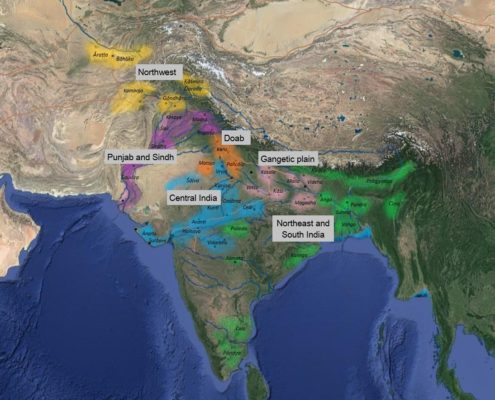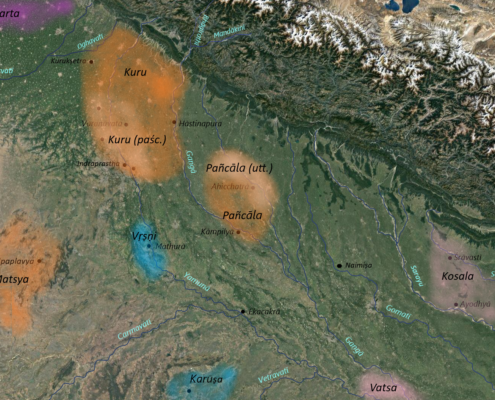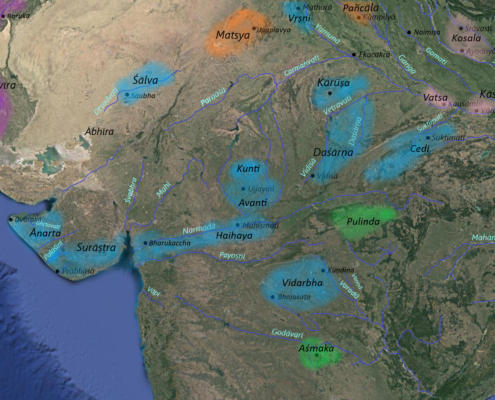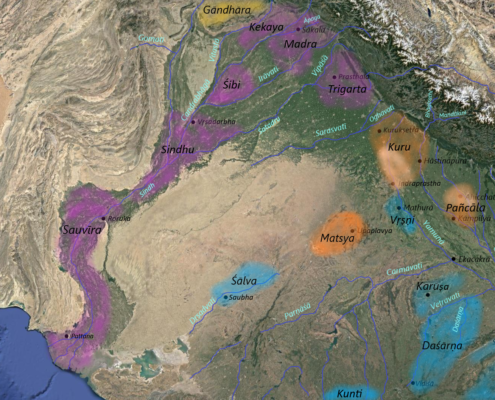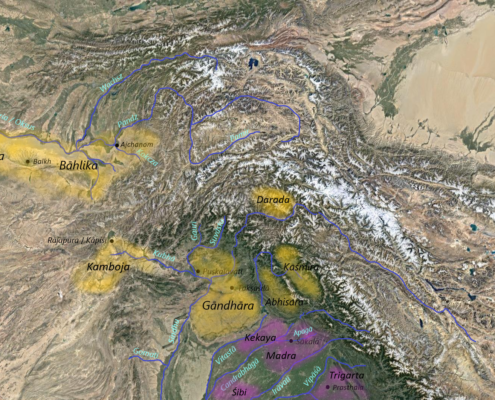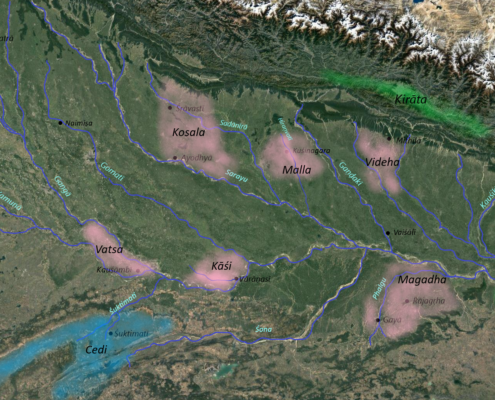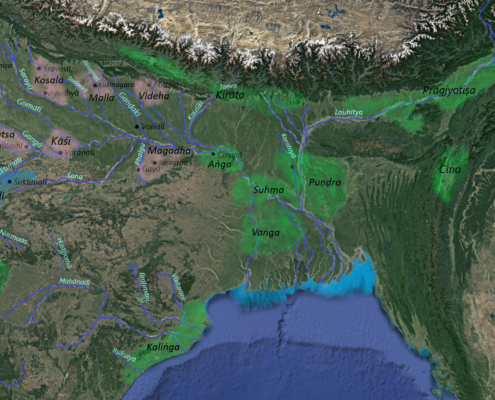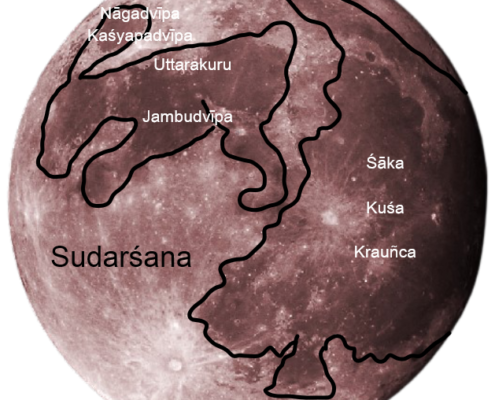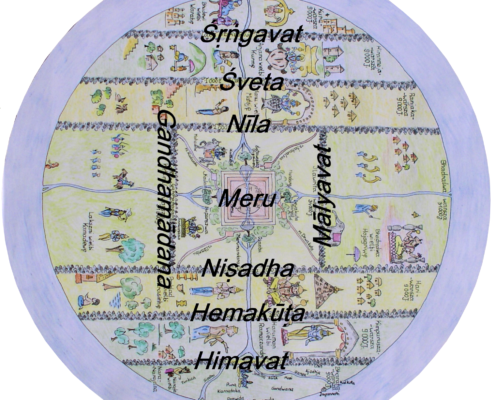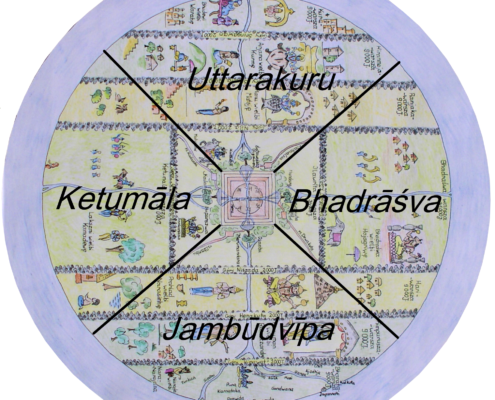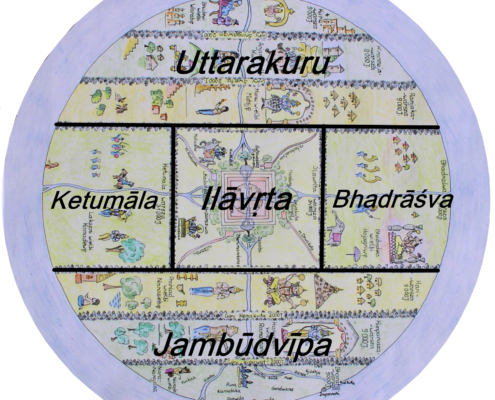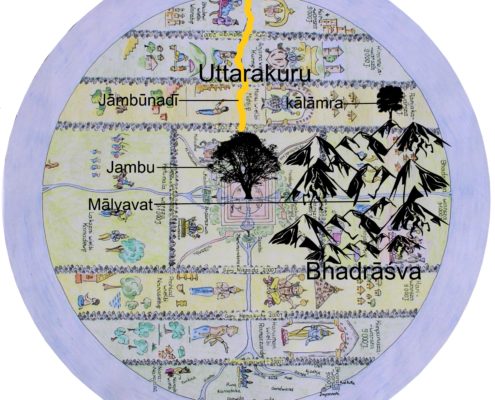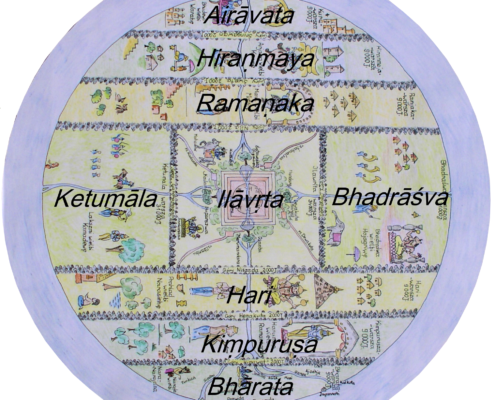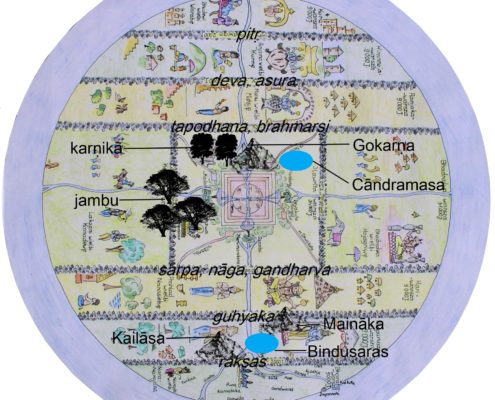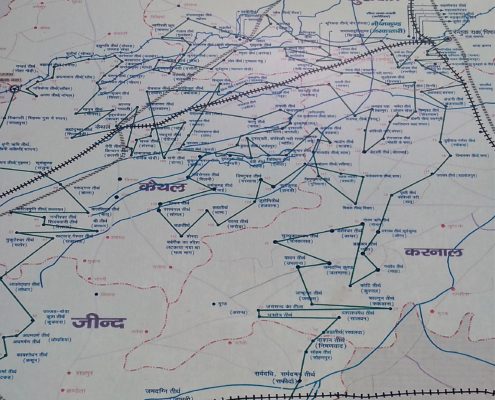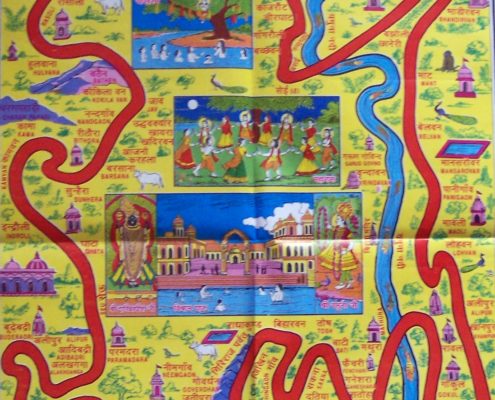American Academy of Religion (AAR) Annual Meeting 2021
18-23 November 2021
Mahabharata and Classical Hinduism Seminar
20-11-2021 Theme (Saturday 5:00-6-30 PM): Alf Hiltebeitel’s Legacy and the Literary-Critical Method
Presiding: Bruce M. Sullivan (Northern Arizona University)
- Brian Collins (Ohio University) – “Epic” Scholarship: Reckoning with Alf Hiltebeitel’s Contributions to the Study of the Mahābhārata
- Vishwa Adluri (Hunter College) – Fathers and Sons: Deconstructing Paternity and Engendering Literature
- Joydeep Bagchee (Independent Scholar)- The Mahābhārata as Literature: Hiltebeitel’s “Literary Turn” at 20
21-11-2021 Theme (Sunday: 5:00-6-30 PM): Multifarious Mahābhārata Methods
Presiding: Arti Dhand (University of Toronto)
- Simon Winant (Ghent University) – Redemption or Death: Jain Reinterpretations of the Slaying of Kīcaka
- Andrzej Babkiewicz (University of Warsaw) – Sacred, Mundane and Religious Geography of the Mahābhārata
- Sthaneshwar Timalsina (San Diego State University) – The Doctrine of Vyakti or Emergence in the Mahābhārata
Chairs: Arti Dhand, Bruce M. Sullivan
Steering Committee Members: Brian Collins, Shbha Pathak, Frederick M. Smith
Sacred, mundane and religious geography of the Mahābhārata (conference paper – download)
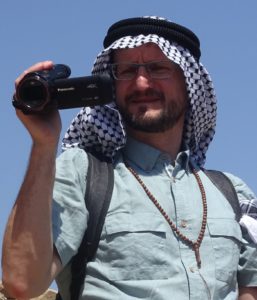 Andrzej Babkiewicz (University of Warsaw)
Andrzej Babkiewicz (University of Warsaw)
Doctor of Humanities in the field of literature at the Faculty of Oriental Studies of the University of Warsaw, specializing in Indology, Sanskrit.
- bachelor’s degree 2004: The Earth and the cosmos as presented in selected chapters of the Bhāgavata-Purāṇa. Under the supervision of Mark Mejor.
- master’s degree 2010: The Elements of Vaishnava Ritual in the Bhāgavata-Purāṇa. Under the supervision of Marek Mejor and Joanna Jurewicz.
- PhD 2017: The Cosmogony in the Bhāgavata-Purāṇa – Structure, Analysis and Sources. Under the supervision of Joanna Jurewicz.
Research interests: I am interested in the literature of the Indian antiquity and Middle Ages, especially its religious, philosophical and mythological aspects. So far, I have devoted most of my attention to the analysis of the Mahābhārata and Bhāgavata Purāṇa. I am interested in rituals, religious and ascetic practices, theology. As part of my studies, I dealt with the religions of the subcontinent, philosophical texts of brahminical schools, art and science of the subcontinent: astrology, architecture, Indian aesthetics (rāsa), traditional texts of Sanskrit grammars.
Abstract:
The aim of my paper is to discuss the interdependence of the three geographies connected with the Mahābhārata (MBh): sacred geography depicting the world in which the epic heroes operate, mundane geography, in which India is depicted and religious geography inspired by the epic. I will present maps and diagrams based on the MBh descriptions. I will show how the epic authors imagined the universe and try to reconstruct location of the Indian provinces mentioned in the text. I will look at popular pilgrimage sites (Mathurā, Kurukṣetra, Dvārakā) and at places related to the MBh (Barnava, Bairat, Kampil) which do not attract crowds. Taking Bodhgaya as the example I will discuss the mechanisms of imposing and coexistence of Buddhist and Hindu traditions. In Pakistan, I will try to see how the pilgrimage sites function outside the Indian border. The presentation will be enriched with films and photographs collected during my trips to Pakistan (2018) and India (2019-2020). I will also show interactive maps related to the three geographies, which were created as part of the translation project of MBh 6-11 into Polish in which I participate.
Videos related to the article:
video 1: Karn Ka Tila, Kurukshetra (Filip Ruciński, Mahendranath Tripathi)
video 2: Svāmī-ātmānanda-saṃskṛta-śikṣaṇa-saṃsthāna, Neemsar (Mahendranath Tripathi)
video 3: interview with Guruvacan, teacher from the Sanskrit school in Barnava (Filip Ruciński)
video 4: Pañcapāṇḍava in Bodh Gaya (Mahendranath Tripathi)
video 5: the guide in Katas Raj
video 6: Rameshwar Nath Mandir, Kampil (Mahendranath Tripathi)
Images related to the article (galery):
- maps of India (Mundane Geography)
- Jambudvipa (Sacred Geography)
- maps of pilgrimage sides (Religious Geography)
Multifarious Mahābhārata Methods – session description:
This session of the Seminar approaches the Mahābhārata in a variety of ways. Our first paper finds a coherent philosophical theme of monism in the text, explaining the manifestation of the world from Brahman through the concept of vyakti, or emergence. Our second paper examines versions of the Mahābhārata created in the Jain religious tradion, beginning with the 8th century Harivaṃśapurāṇa and its depiction of the repentance of Kīcaka, who becomes a Jain monk. Later Jain reinterpretaons of the text take varying approaches to this character whose depiction in Vyāsa’s text is entirely evil. Our third paper explores the geography of the Mahābhārata, its mundane landscape, the sacred sites visited by its heroes, and the religious geography of the text’s audience who seek to visit sites made sacred by the events in the narrative. The diversity of methods on display in this session demonstrates some of the many ways scholars are deepening our understanding of the Mahābhārata. The Seminar invites and encourages methodological and interpretive creativity.
Polish translation project
This article is presented as part of the MBh translation project. The project is conducted under a grant from the Polish Ministry of Science and Higher Education, National Humanities Development Program 2016 Uniwersalia Module 2.2 (Project ID: 22H 16 0357 84). There are 6 researchers participating in the project, 5 translators—Joanna Jurewicz (project manager), Anna Trynkowska, Monika Nowakowska, Przemysław Szczurek, Andrzej Babkiewicz—and one IT supervisor, Sven Sellmer
Aim:
translating the battle books of the Mahābhārata into Polish (MBh 6-11)
(about 1/4 of the entire text – 23,023 out of 75,603 stanzas of the critical edition)
Goals:
- publication in paper version (Polish translation):
- 6 volumes – introductions and footnotes
- 1 volume – reconstruction of MBh universe (Elipsa Publishing House)
- Mahabharata-wiki (website based on Wikipedia structure, open sources):
- reconstruction of the Epic Universe
- helpful tools to visualize some aspects of MBh environment
- interactive map of the epic
(Digital Humanities Laboratory of the University of Warsaw – LACH)
- a tool for group text translation
Deadlines: 2017.10.26 – 2022.10.25.

